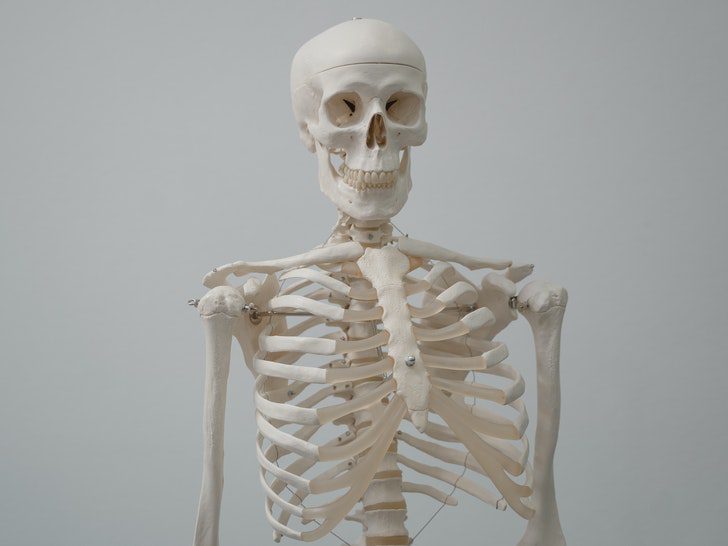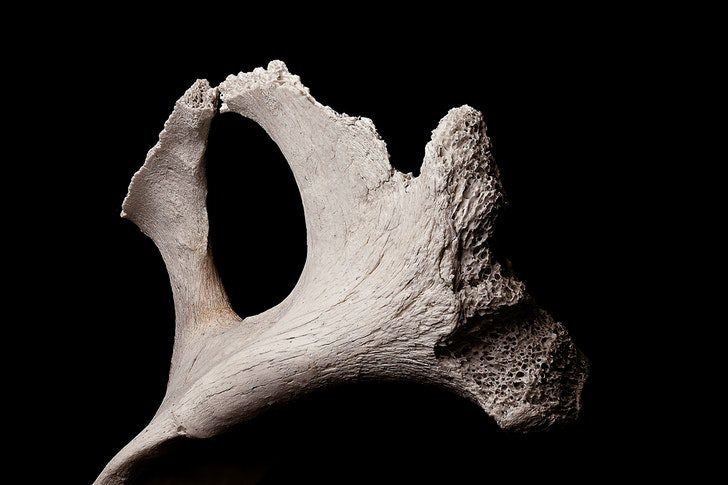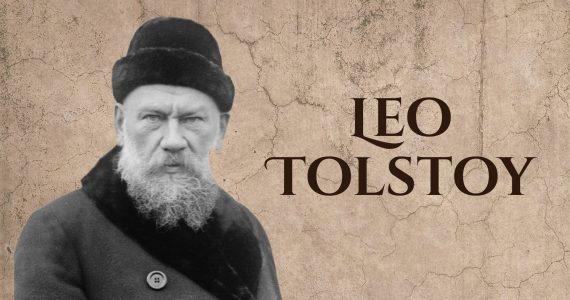Homo Sapiens is derived from the Latin dictionary, which means “wise man”. This term was applied by Carlus Linnaeus, one of the fathers of modern biological classifications, in 1758, but before that, humans were classified as primates. As it turns out, we know surprisingly little about human origins and evolution. Still, fossils and human DNA have suggested numerous results of the evolution of Homo Sapiens around 300,000 years ago.
The human framework vastly differs from the framework used for the rest of nature, but Linnaeus faced difficulty distinguishing Homo Sapiens from apes, specifically on physical terms. Since Carlus’s time, a significant fossil record has been collected, and DNA analyses have been performed with every fossil discovery.
Humans’ story gets more complex with time as their genomes become rich tapestries of interwoven ancestries. Modern humans are now products of the sprawling history of shifts, dispersal, separation, and reunions. Their history is vastly characterized by diversity, movement, and a mixture of decades.

Fascinating findings of human intelligence
In 2021, researchers investigated all kinds of collected fossils, for example, ancient skulls, and concluded on the evolution of human brains. They found out that early human brains were very similar to ape brains. Their brains didn’t develop until 1.5 to 1.7 million years.
The results of x-rays of the endocast, a cast that shows the size and shape of the brain, fossils reveal that the frontal lobe of the brain took a long time to develop in humans and process cognitive tasks. The first brain was discovered about 300,000 years ago in Africa, and the brains were much larger than our brains. The human brain shape that we see today modernized after 100,000 years of the evolution of Homo Sapiens brains.

Fossil records and human DNA have shown that our ancestors were connected to many African clans and lived 260,000 to 350,000 years ago. Modern humans inherited their fundamental commonalities and behavior.
These behaviors unite all modern and ancient humans. For example, ancient caves represented art with paintings, drawings, idols, and they used their creativity to make projectile weapons such as bows and spears. Similarly, modern humans sing, dance, make art, tell stories and form multigenerational social groups with bonds between men and women to care for their children.
Other findings relative to human origins

Since DNA molecules are relatively weak molecules as compared with other biomacromolecules, experts disagree about Neandertal bones and their origins. In the books “Descent of Man”, published by Charles Darwin in 1871, and “On the Origin of Species’ in 1859, he points out the similarities between humans and African apes such as gorillas, chimpanzees, orangutans, and gibbons.
But the discovery has also led to discovering a new species in China, called the Dragon man. The findings are still controversial, but the fossil is a roughly 146,000-year-old skull and the largest Homo skull in record yet.
Homo Bodoensis is another possible direct ancestor of Homo Sapiens that dates back to 775,000 to 130,000 years, but their lineage has not yet left any traces worldwide.




